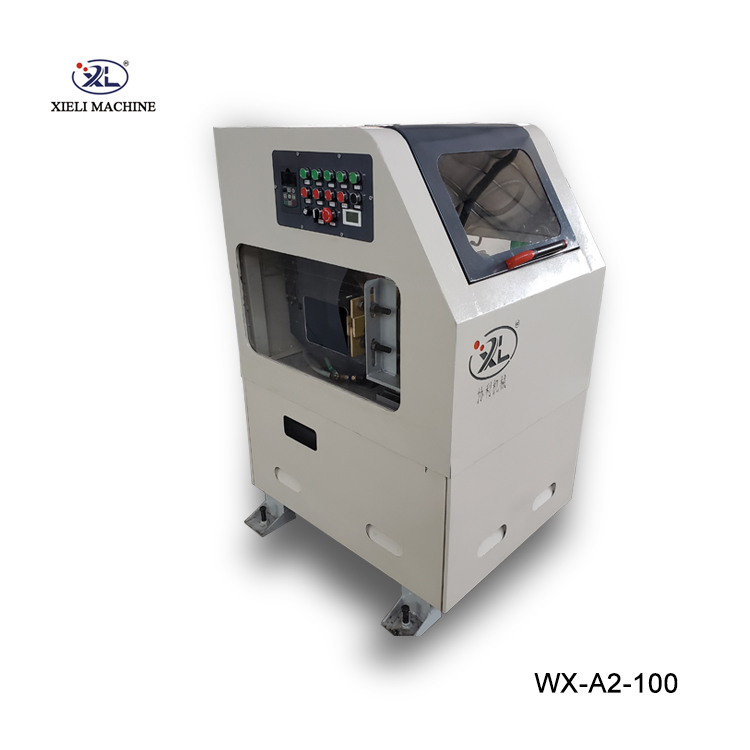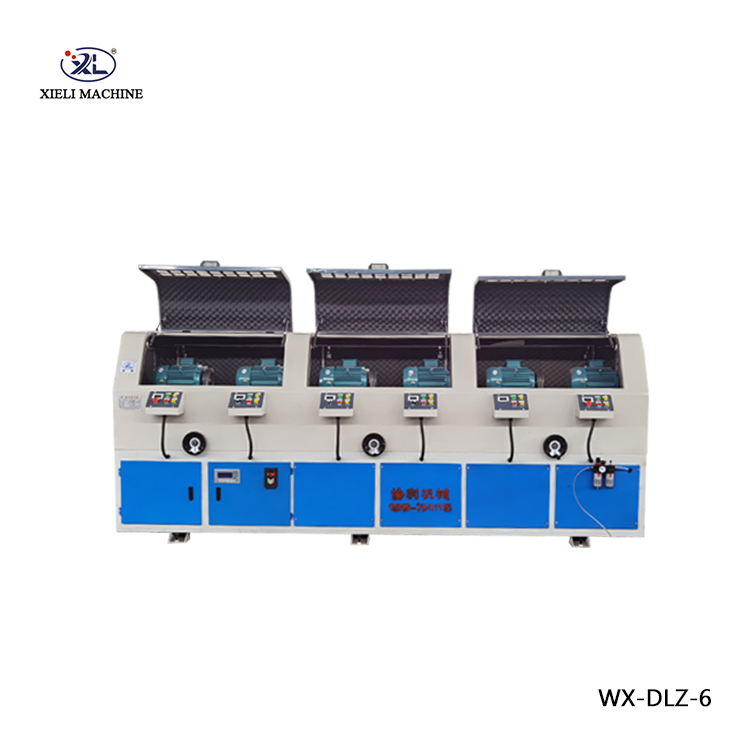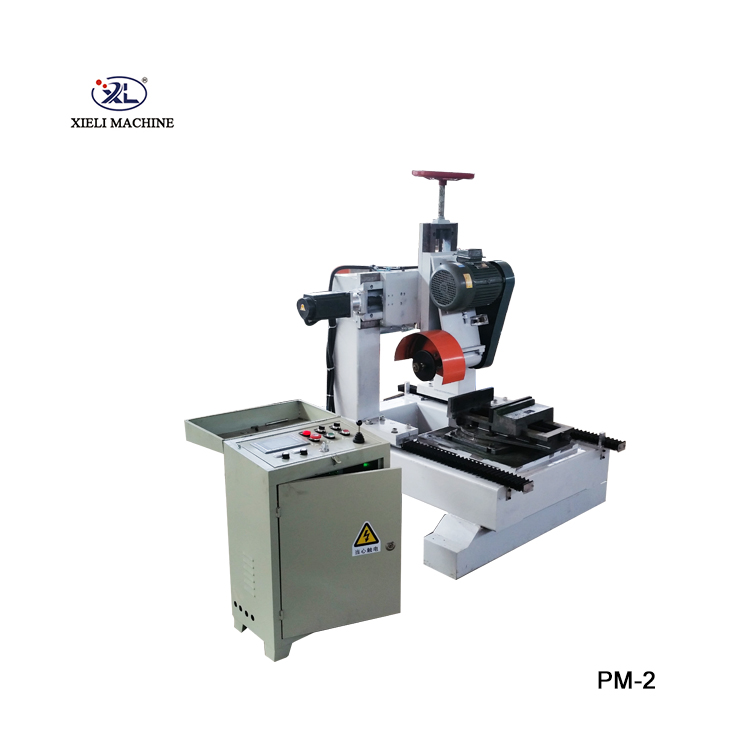The Importance of Centerless Grinding in CNC Machining
Centerless grinding is a highly efficient machining process utilized in various industries for producing precise cylindrical components. The significance of this method has grown with the advent of advanced technology, particularly in the realm of Computer Numerical Control (CNC) machinery. In this article, we will explore the fundamentals of centerless grinding, its applications, and why it has become an essential part of the modern manufacturing landscape, particularly highlighting its relevance in China.
Understanding Centerless Grinding
Centerless grinding is a method of removing material from the outer diameter of a workpiece. Unlike traditional cylindrical grinding, which requires the workpiece to be mounted between two centers, centerless grinding holds the workpiece using a combination of a grinding wheel, a regulating wheel, and a support stand. This unique setup allows for continuous machining of parts without the need for complex fixturing, making it a preferred choice for high-volume production runs.
How Centerless Grinding Works
The process begins when the feed material is placed on a support blade and positioned between the grinding wheel and the regulating wheel. The grinding wheel rotates at a high speed, removing material from the workpiece while the regulating wheel controls the workpiece's rotation and advancement. By adjusting the distance between these two wheels, manufacturers can control the amount of material removed, thereby achieving tight tolerances and surface finishes.
Applications of Centerless Grinding
Centerless grinding is utilized in a wide range of industries, including automotive, aerospace, electronics, and medical device manufacturing. Typical applications include
1. Automotive Components Centerless grinding is used to produce various automotive parts, such as hydraulic components, transmission shafts, and fuel injectors. The precision of centerless grinding ensures that these critical parts meet stringent industry standards.
2. Aerospace Components The aerospace sector demands extreme precision and reliability in its components. Centerless grinding is employed to manufacture turbine blades, landing gear components, and other essential parts that require exceptional surface finish and dimensional accuracy.
3. Medical Devices The medical industry relies on centerless grinding to produce complex components such as surgical instruments and orthopedic implants. The ability to achieve high tolerances ensures the functionality and safety of these devices.
china cnc centerless grinder

4. Electronics In the electronics field, centerless grinding is used to produce pins, connectors, and other small parts that require precise dimensions for performance and reliability.
Advantages of Centerless Grinding
One of the main reasons for the popularity of centerless grinding is its ability to handle high-volume production with excellent efficiency. This method offers several advantages
- Increased Productivity Centerless grinding can process multiple parts simultaneously, substantially increasing production rates. The continuous nature of the process minimizes downtime and boosts efficiency.
- Consistent Quality The automated nature of CNC centerless grinders ensures uniformity and precision across batches of parts, which is critical for industries that prioritize quality.
- Cost-effectiveness The elimination of complex fixturing reduces setup times and labor costs, making centerless grinding a cost-effective solution for manufacturers.
The Role of CNC in Centerless Grinding
The introduction of CNC technologies has revolutionized the centerless grinding process. CNC centerless grinders have enhanced capabilities such as automated set-up, adaptive control systems, and real-time monitoring, allowing manufacturers to optimize their processes and achieve even higher levels of accuracy and efficiency. In China, where manufacturing is a vital part of the economy, the integration of CNC technology in centerless grinding has positioned companies to compete globally by producing high-quality components at scale.
Conclusion
As manufacturing processes continue to evolve, centerless grinding remains a critical technique for producing high-precision cylindrical components across various industries. The synergy between CNC technologies and centerless grinding has opened up new avenues for efficiency and accuracy, allowing manufacturers to meet the growing demands of the global market. In China, the shift towards advanced machining methods like centerless grinding reflects a commitment to innovation and excellence in manufacturing, further solidifying its status as a key player in the international landscape.





